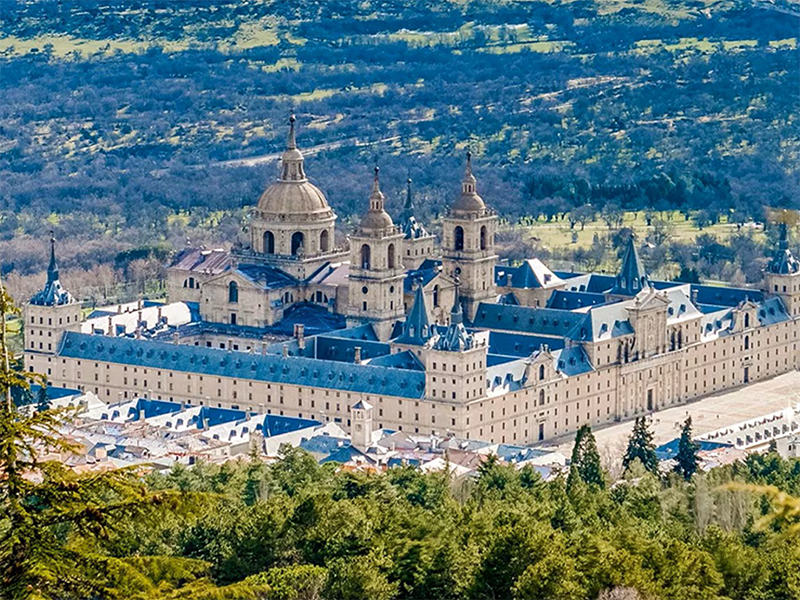Monastery of San Lorenzo del Escorial

The Monastery of El Escorial, one of the jewels of Spanish Renaissance architecture, is considered a symbol of Spain's historical grandeur. Built under the reign of King Philip II in the 16th century, this UNESCO World Heritage site combines religious, royal, and funerary functions, also serving as a royal pantheon. Its imposing architecture, designed by architect Juan de Herrera, has attracted millions of visitors over the centuries, solidifying its position as one of the country's most important tourist destinations.
Dysegna contributed to the updating of the signage at El Escorial, helping to improve the visitor experience without altering the historical character of the site. The project included the installation of orientation systems both inside the monastery and in its surrounding areas, ensuring clear and efficient access to the different zones of the complex. Each sign was carefully designed to integrate with the classic architecture of the site, using materials like steel, bronze, and acrylic, which harmonize with the Renaissance aesthetics and ensure durability and resistance in a high-traffic environment.
Dysegna’s intervention not only facilitated the tourist route through the complex but also respected the integrity of the historical heritage, ensuring that the new signage solutions fit the architectural context without compromising functionality. The work carried out at El Escorial reflects the balance between preserving history and enhancing accessibility, a key aspect in managing this monumental historic site.


